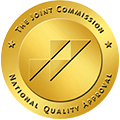Do you often imagine the worst-case scenario, or find yourself altering patterns to avoid potential dangers? You could have hypervigilance, which is a state of being perpetually alert and attentive.
Hypervigilance is a symptom of mental health conditions such as anxiety and PTSD. It can manifest in physical and behavioral changes that affect your quality of life.
Hypervigilance Symptoms
Hypervigilant people tend to overestimate the threat level of most situations. Due to an increased startle reflex, you may be jumpy and scare easily. Because your fight-or-flight response is almost always active, you likely have a rapid heart rate and high blood pressure. If you are too tense to sleep or relax, it can worsen your mental health.
Hypervigilance can severely impact your behavior and relationships by making you suspicious or paranoid about other people. You might frequently be irritable and lash out at loved ones, causing friction.
What Causes Hypervigilance?
Not everyone with hypervigilance has the same experience, but in many cases, hypervigilant people have changes in their brain structure. These include the areas governing memory, emotions and decision-making. When these regions are overactive, it leads to issues like jumpiness and trouble relaxing.
Due to chronic stress, many hypervigilant people have excess cortisol, a hormone that plays a crucial role in your body’s innate fight-or-flight reaction. High cortisol levels can contribute to mood disorders, substance abuse, sleep disruptions and unhealthy habits such as a sedentary lifestyle.
Healthy Ways to Control Hypervigilance, Anxiety and PTSD
If you’re struggling to manage hypervigilance or other mental health symptoms and have trouble feeling safe, talk to a therapist or psychiatrist. They can use their training and experience to recommend beneficial treatments and resources. It can also help you feel better to discuss your concerns with someone who will listen without judging.
Try these simple self-care strategies to manage daily hypervigilance.
- Breathing exercises: Controlled breathing can reduce stress by reducing your blood pressure and slowing your heart rate. Slow, deep breaths are the opposite of the shallow breathing that characterizes a panic attack.
- Meditation: If you have a few free minutes and a comfortable place to sit, you’ve got all the tools you need to meditate. Close your eyes and consciously try to let go of your worries.
- Progressive muscle relaxation: PMR is a technique in which you tense and relax each muscle group in your body. By practicing PMR, you can release the constant muscle tightness that is a typical side effect of hypervigilance.
- Exercise: Physical activity can improve every aspect of your health, boost your well-being and give you more energy.
Caring Mental Health and Addiction Treatment for Women
Canyon Crossing is here for you when you’re ready to seek help for your mental and behavioral health. To learn more about our women’s-only continuing care program, connect with us today.



